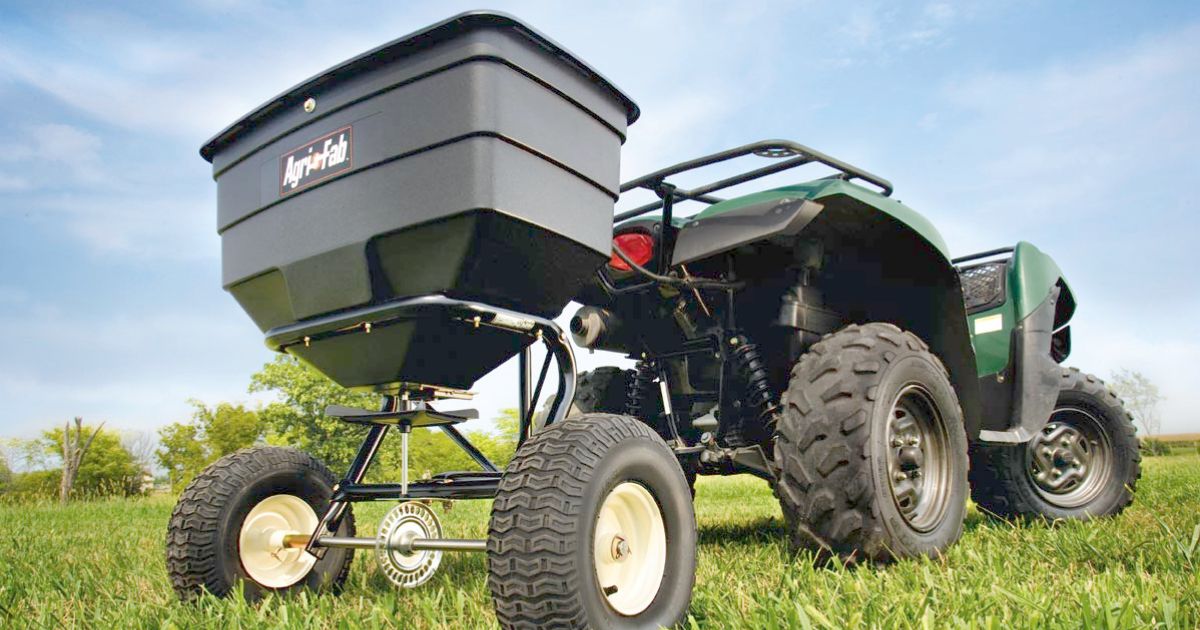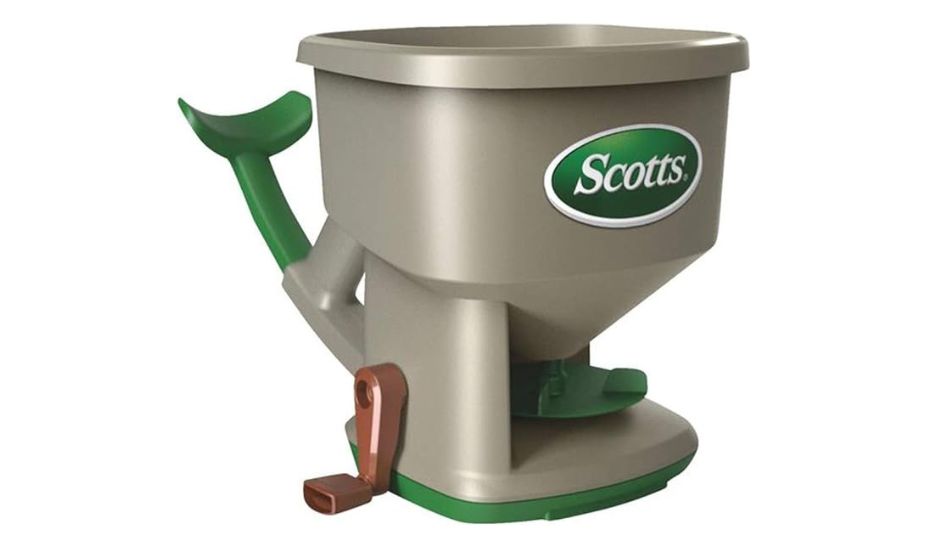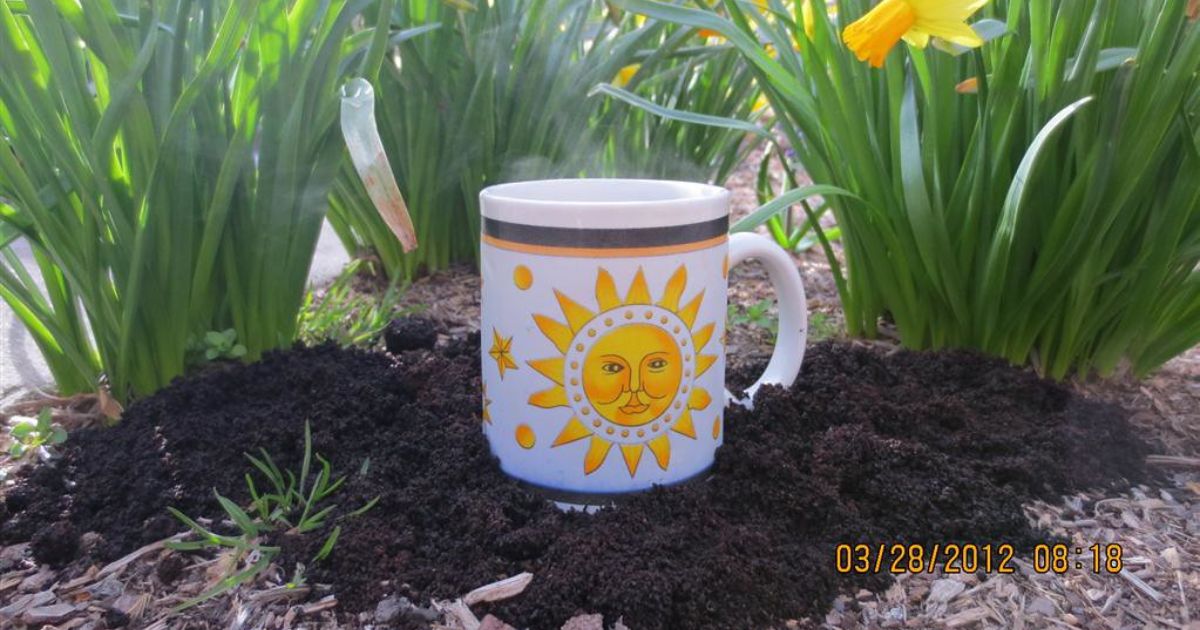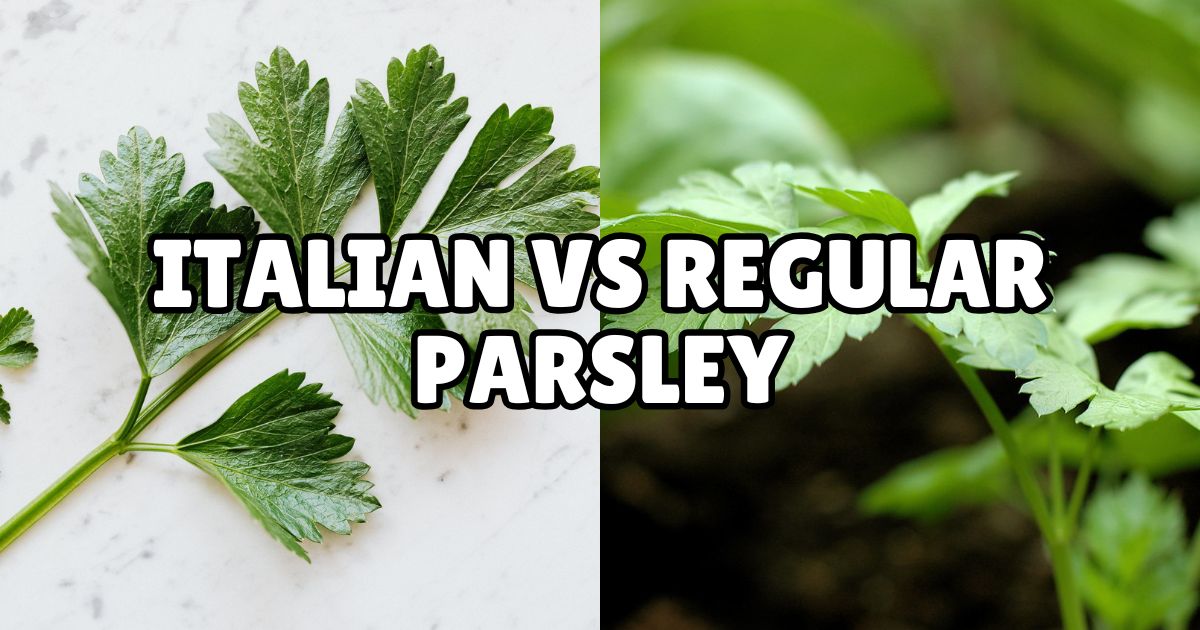
The Ultimate Guide to Fertilizer Spreaders for Your Garden
Fertilizer spreaders are essential tools for gardeners and landscapers looking to evenly distribute fertilizers, seeds, and other granular products. Understanding the types, features, and benefits of the best fertilizer spreaders can help you make an informed choice for your garden’s needs.
Types of Fertilizer Spreaders
- Broadcast Spreaders: Also known as rotary spreaders, these are ideal for large areas. They use a rotating disk to scatter fertilizer, ensuring wide coverage.
- Drop Spreaders: These spreaders are perfect for precise application. They drop the fertilizer directly below the spreader, making them suitable for smaller lawns and gardens.
- Handheld Spreaders: Best for small gardens and tight spaces, these compact spreaders are operated manually. They offer good control and are easy to store.
- Tow-Behind Spreaders: Designed for larger properties, these spreaders attach to lawn tractors or ATVs. They are efficient for extensive lawns and fields.
Features to Consider
When selecting the best fertilizer spreader, consider the following features:
- Capacity: Choose a spreader with an appropriate hopper capacity for your garden size. Larger gardens require higher capacity to minimize refills.
- Adjustable Settings: Look for spreaders with adjustable spread settings to control the distribution rate and pattern.
- Material and Build: Durable materials like rust-resistant metal or heavy-duty plastic ensure longevity and reliability.
- Ease of Use: Ergonomic handles, smooth wheels, and easy maintenance are important for user comfort and efficiency.
Benefits of Using a Fertilizer Spreader
- Even Distribution: Ensures a uniform application of fertilizer, preventing over-fertilization or under-fertilization in certain areas.
- Time-Saving: Spreaders cover large areas quickly, making the fertilization process more efficient.
- Reduced Waste: Controlled application minimizes fertilizer waste, saving money and reducing environmental impact.
- Improved Lawn and Garden Health: Consistent fertilization promotes healthier, more robust plant growth.
How to Use a Fertilizer Spreader
- Choose the Right Spreader: Select a spreader that suits your garden size and needs.
- Calibrate the Spreader: Adjust the settings according to the fertilizer manufacturer’s recommendations.
- Fill the Hopper: Pour the fertilizer into the hopper, ensuring it is evenly distributed.
- Start Spreading: Walk at a steady pace, overlapping slightly to ensure even coverage. For tow-behind spreaders, drive at a consistent speed.
- Clean the Spreader: After use, clean the spreader thoroughly to prevent clogging and corrosion.
Conclusion
Choosing the best fertilizer spreader involves understanding the different types, features, and benefits. Whether you have a small garden or a large property, there’s a fertilizer spreader that suits your needs. Investing in a quality spreader ensures efficient, even fertilization, leading to a healthier and more vibrant garden.



